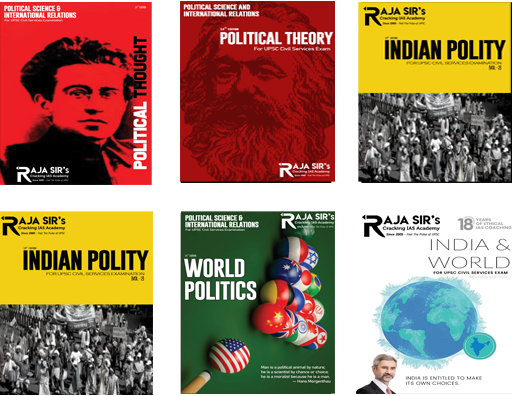- Home
- Prelims
- Mains
- Current Affairs
- Study Materials
- Test Series
Mention the difference between Italian and German brands of fascism. (UPSC CSE Mains 2025- Political Science and International Relations, Paper 1). 10 Marks

The political upheaval in Europe following World War I gave rise to two aggressive and authoritarian ideologies—Fascism and Nazism. While movements inspired by these doctrines emerged across the continent, only Italy and Germany saw them evolve into ruling governments. Though both shared totalitarian traits, Fascism and Nazism diverged significantly in their core ideological foundations.
Arendt, in the Origins of Totalitarianism clearly articulates the difference between the Italian and German cases as far as the issue of totalitarianism is concerned. The basic difference between Nazi Germany and Fascist Italy is the fact that the former was totalitarian while the latter remained as a dictatorship that intended to be totalitarian. While Mussolini’s regime was famous for its pragmatic and opportunistic moves, the totalitarian methods of the Nazi state were systematic, unhesitant and aimed to be permanent.

|
|
Italian Fascism |
German Fascism (Nazism / National Socialism) |
|
Symbol |
Fasces (bundle of rods) |
Swastika |
|
Ideological Depth |
More Pragmatic and State Centered |
Deeply Ideological rooted in racial purity |
|
Quote |
Everything in the State, nothing outside the State, nothing against the State. - Mussolini |
One People, One Empire, One Leader - Nazi slogan |
|
Control Mechanisms |
Used Violence and propaganda, but allowed some autonomy (E.g. Church , Monarchy) |
Sought complete control over every individual’s life, including thoughts. Beliefs and identity |
|
Economic Policy |
State-controlled corporatism |
Autarky and rearmament |
|
Expansionism |
Aimed at Mediterranean dominance |
Lebensraum (living space) in Eastern Europe |
|
Military Strategy |
Initially focused on colonial expansion |
Blitzkrieg tactics in Europe |
|
Propaganda |
Emphasized Roman heritage |
Glorified Aryan supremacy |
|
Treatment of Minorities |
Less emphasis on racial policies |
Systematic persecution of Jews and others |
|
End Goal |
Restoration of national pride and imperial legacy |
Endless mobilization toward racial utopia and extermination of “undesirables” |
Arendt contrasts the differences between Nazi totalitarianism and Italian dictatorship in terms of their relationships with their armies: In contrast to the Nazis and Bolsheviks, who destroyed the spirit of the army by subordinating it to the political commissars or totalitarian elite formations, the Fascists wanted a Fascist state and a Fascist army, but still an army and a state.
With respect to the Church, Italian fascism opted for compromise with the Church and Mussolini, an atheist himself, recognized the importance of the Church to secure his regime while the relationships between Nazi Party and the Church were less than smooth. Although the Christian Church accepted the Nazi rule without questioning, it is argued that not only the destruction of the Church but also the abolition of the Christian religion in any meaningful sense of the term was among the long-term aims of the Nazis.
Hannah Arendt sharply distinguished Nazi Germany from Italian Fascism in terms of the intensity, scope, and purpose of violence and terror. Arendt saw Nazi terror as rooted in a racial ideology that aimed to eliminate entire populations, especially Jews, through industrialized genocide. While Mussolini’s regime was brutal—especially toward political opponents—it did not pursue mass extermination or racial annihilation as a core policy.
These ideological, structural and historical differences between Italian Fascism and German National Socialism are hard to ignore for the social scientist.









 Latest News
Latest News

 General Studies
General Studies